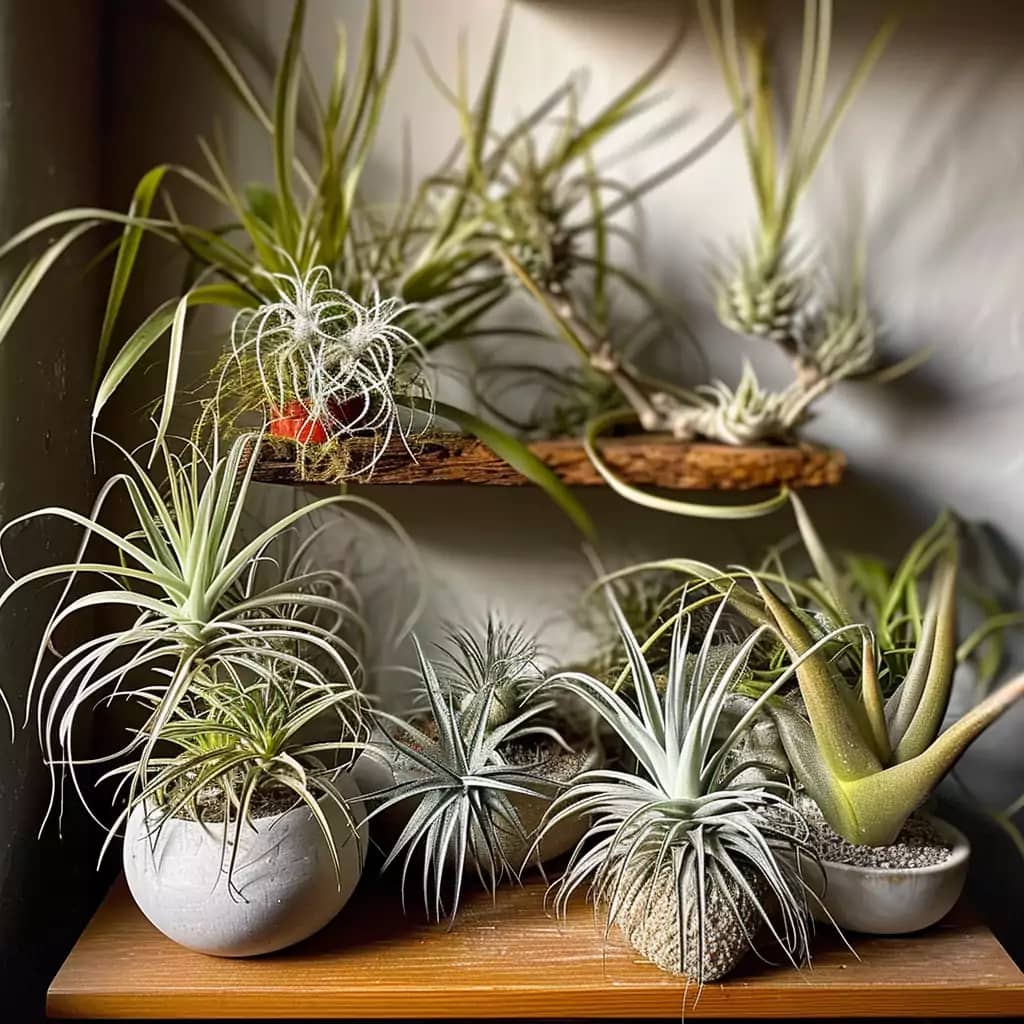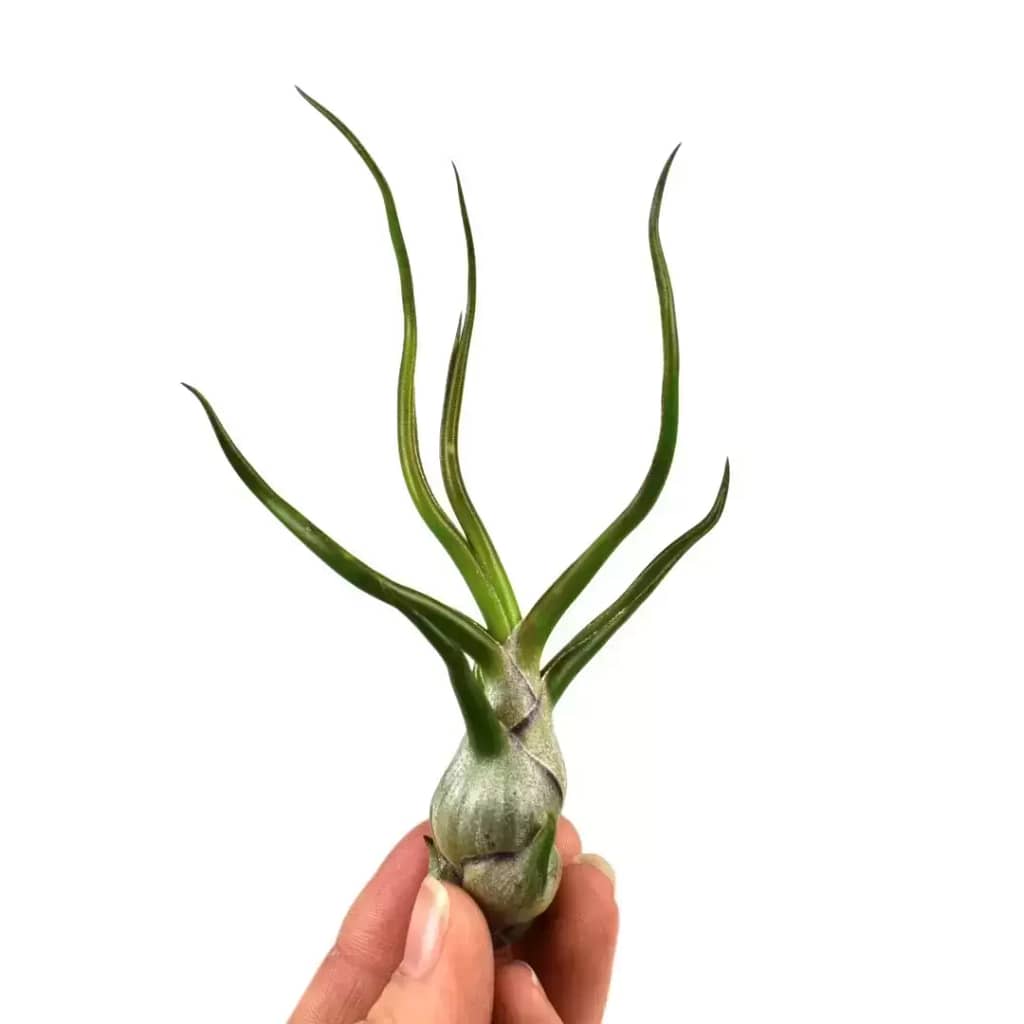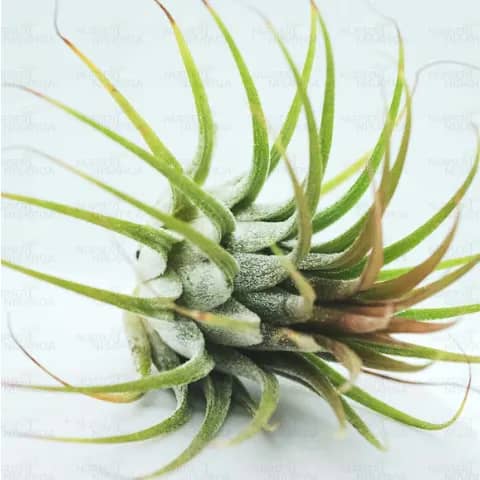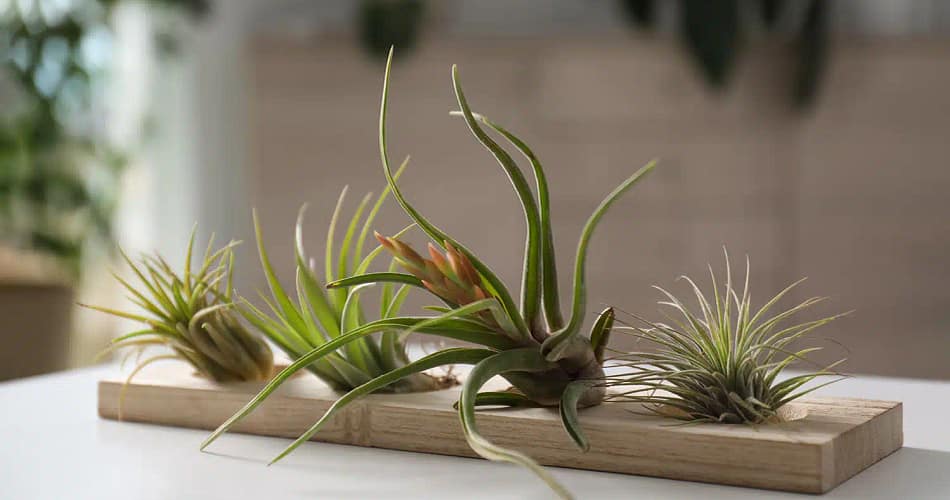Tillandsia plant
Discover everything you need to know about the fascinating Tillandsia plant, from care and growth tips to its amazing benefits. Perfect for indoor and outdoor enthusiasts.
Introduction
Tillandsia, commonly known as air plants, are distinctive and intriguing plants that grow without the need for soil. These resilient and adaptable plants have captured the interest of plant enthusiasts and interior decorators alike. In this comprehensive guide, we’ll delve into everything you need to know about this plant, from their care and growth requirements to their benefits and various species.
Table of Contents
| Headings | Sub-topics |
|---|---|
| Understanding Tillandsia Plants | What are Tillandsia Plants? |
| Natural Habitat | |
| History and Classification | |
| Types of Tillandsia | Popular Species |
| Unique Varieties | |
| Rare Tillandsia | |
| How Tillandsia Grow | Air Plant Physiology |
| Photosynthesis in Tillandsia | |
| Growth Patterns | |
| Choosing the Right Tillandsia | Selecting Healthy Plants |
| Best Tillandsia for Beginners | |
| Tillandsia for Advanced Growers | |
| Tillandsia Care Guide | Watering Techniques |
| Light Requirements | |
| Temperature and Humidity Needs | |
| Fertilizing Tips | |
| Mounting and Display Ideas | |
| Propagation Methods | Offsets and Pups |
| Seeds and Germination | |
| Common Problems and Solutions | Pests and Diseases |
| Troubleshooting Care Issues | |
| Benefits of Tillandsia Plants | Air Purification |
| Aesthetic Appeal | |
| Stress Reduction | |
| Tillandsia in Interior Design | Creative Display Ideas |
| Combining with Other Plants | |
| Seasonal Decorations | |
| FAQs about Tillandsia Plants | Common Questions |
| Expert Answers |
Understanding These Plants
What are These Plants?
Often referred to as air plants, they belong to the Bromeliaceae family. These unique plants are epiphytes, meaning they naturally grow on other plants or structures without relying on soil. They absorb moisture and nutrients through their leaves, making them incredibly versatile and low-maintenance.
Natural Habitat
These plants are native to the forests, mountains, and deserts of Central and South America, Mexico, and the southern United States. They thrive in a variety of environments, from humid rainforests to arid deserts, demonstrating their adaptability and resilience.
History and Classification
The genus was named after Swedish botanist Dr. Elias Tillandz. With over 650 species, it’s one of the largest genera in the Bromeliad family. These plants have been cultivated and appreciated for centuries, both for their unique appearance and their low-maintenance care requirements.
Types
Popular Species
Some of the most popular species include ionantha, xerographica, and caput-medusae. Each species boasts its own unique characteristics and aesthetic appeal, making them favorites among enthusiasts.
Unique Varieties
These plants come in a wide range of shapes, sizes, and colors. Some unique varieties include tectorum, with its fuzzy, silvery appearance, and bulbosa, known for its bulbous base and twisting leaves.
Rare Types
Rare species, such as streptophylla and harrisii, are highly sought after by collectors. These plants often have distinctive features that set them apart from more common varieties.

How They Grow
Air Plant Physiology
They have specialized cells called trichomes on their leaves, which absorb water and nutrients from the air. This unique adaptation allows them to thrive without soil and survive in various environments.
Photosynthesis
Like all plants, they perform photosynthesis, converting light into energy. They utilize a special type of photosynthesis called CAM (Crassulacean Acid Metabolism), which helps them conserve water by opening their stomata at night to minimize moisture loss.
Growth Patterns
These plants grow slowly but steadily. They produce new leaves from the center of the plant, and mature plants may produce offsets, or “pups,” which can be separated and grown independently.
Choosing the Right Ones
Selecting Healthy Options
When choosing these plants, look for vibrant, firm leaves and a healthy overall appearance. Avoid plants with brown or wilted leaves, as these may indicate poor health or improper care.
Best for Beginners
For beginners, species like ionantha and caput-medusae are excellent choices. These species are relatively easy to care for and are more forgiving of minor mistakes in watering or lighting.
Advanced Growers
Advanced growers might enjoy more challenging species such as xerographica or tectorum. These plants require more precise care and environmental conditions but offer stunning visual rewards.
Care Guide
Watering Techniques
Proper watering is crucial for their health. They should be misted thoroughly 2-3 times a week or soaked in water for 20-30 minutes once a week. Ensure they are fully dry to avoid rot.
Light Requirements
They can handle some direct sunlight, but excessive exposure can cause scorching. Artificial grow lights can be used to supplement natural light as well.
These plants prefer temperatures between 50-90°F (10-32°C) and humidity levels of 50-60%. They can tolerate a range of conditions but will perform best within these parameters.
Fertilizing Tips
Fertilize them monthly with a bromeliad or air plant fertilizer diluted to half strength. This helps promote growth and flowering without overloading them with nutrients.
Mounting and Display Ideas
These plants can be displayed in a variety of creative ways. They can be mounted on driftwood, placed in glass terrariums, or hung from wire or string. Ensure they have good air circulation and are not enclosed in a way that retains moisture.

Propagation Methods
Offsets and Pups
They reproduce by producing offsets, or “pups,” from the base of the mother plant. These pups can be left to grow into clumps or separated and grown individually.
Seeds and Germination
While propagating them from seeds is possible, it is a lengthy process requiring patience and precise conditions. Seed germination can take several months to years, making it a less common method of propagation.
Common Problems and Solutions
Pests and Diseases
They are generally resistant to pests and diseases. However, they can occasionally suffer from issues like scale insects or fungal infections. Regular inspection and proper care can help prevent these problems.
Troubleshooting Issues
Common care issues include overwatering, underwatering, and insufficient light. Ensuring proper watering techniques, adequate light, and good air circulation can help mitigate these issues and keep them healthy.
Benefits
Air Purification
They are known for their air-purifying qualities. They absorb toxins and pollutants from the air, making them a great addition to indoor environments.
Aesthetic Appeal
With their unique shapes and vibrant colors, they add a touch of natural beauty to any space. They are versatile in design and can complement a variety of interior styles.
Stress Reduction
Caring for plants, including these, has been shown to reduce stress and improve mental well-being. Their low-maintenance nature makes them an ideal choice for those looking to enjoy the benefits of indoor plants without extensive care requirements.
In Interior Design
Creative Ideas
They can be displayed in numerous creative ways. Consider hanging them in geometric holders, incorporating them into wall art, or using them as centerpieces in decorative bowls.
Combining with Other Plants
They pair well with other low-maintenance plants like succulents and cacti. Creating mixed displays can add texture and variety to your plant arrangements.
Seasonal Decorations
They can be used in seasonal decorations, such as holiday wreaths or festive centerpieces. Their versatility and unique appearance make them a fun and creative addition to seasonal décor.

FAQs
How often should I water them?
They should be misted thoroughly 2-3 times a week or soaked in water for 20-30 minutes once a week. Ensure they dry completely before returning them to their display.
Can they grow in low light conditions?
While they can tolerate low light, they thrive best in bright, indirect light. Supplemental artificial lighting can be used if natural light is insufficient.
Do they need soil to grow?
No, they are epiphytes and do not need soil. They absorb moisture and nutrients through their leaves from the air.
How do I fertilize them?
Fertilize them monthly with a bromeliad or air plant fertilizer diluted to half strength. This helps promote growth and flowering.
What is their lifespan?
With proper care, they can live for several years. They may produce offsets, or “pups,” which can extend their lifespan as they grow and propagate.
Can I grow them outdoors?
Yes, they can be grown outdoors in suitable climates. They thrive in environments with bright, indirect light and good air circulation. Avoid direct sunlight and ensure they are protected from frost.
air plant,air plant tillandsia,air plants,tillandsia air plants,airplant,tillandsia plant,air plants tillandsia,air plant care,air plants care,care of air plants,how to care for air.plants,how to take care of air plants,Bromeliaceae,How long do Tillandsia air plants live,What are the benefits of Tillandsia air plant,How often do you water Tillandsia,Do Tillandsia need sunlight,How do I get my Tillandsia to bloom again,tillandsia plant food,How Do I Fertilize Tillandsia Air Plants,What to feed Tillandsia,What is the best natural fertilizer for air plants,How do air plants get food,Everything You Need To Know About Air Plants ,Tillandsia plant food review,Bromeliad fertilizer,Tillandsia plant propagation,Tillandsia plants, air plants, Tillandsia care, air plant care, Tillandsia species, indoor air plants, air plant watering, Tillandsia growth, Tillandsia benefits, air plant display ideas, Tillandsia propagation, rare Tillandsia, air plant maintenance, Tillandsia for beginners, air plant light requirements, air plant fertilizing, Tillandsia mounting, air plant pests, air plant diseases, Tillandsia air purification, decorative air plants, stress reduction plants, air plant interior design, air plant seasonal decorations, Tillandsia pups, air plant offsets, air plant seeds, air plant germination, epiphytic plants, Bromeliad family,Tillandsia Plant,indoorplantation,indoor plantaion

